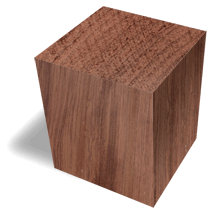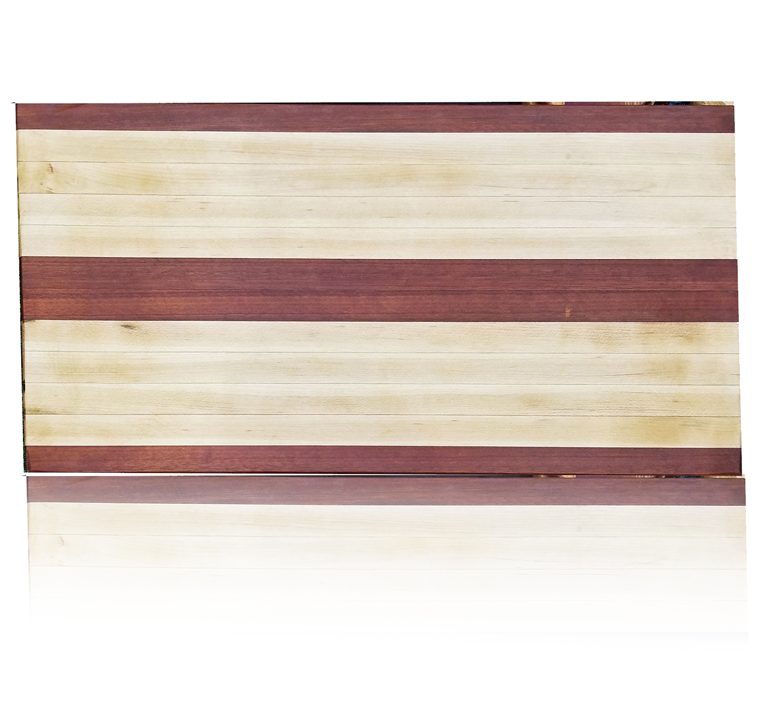Common hardwood used to make cutting boards
Padauk overview Latin: pterocarpus soyauxii origin: west africa Padauk is an exotic


Padauk overview Latin: pterocarpus soyauxii origin: west africa Padauk is an exotic

Nowadays, you can get a huge variety of cutting boards of different colors and finishes. You can find aisle upon aisle of cutting boards in a big supermarket. The internet abounds with options as well. So, how do you choose a good one?